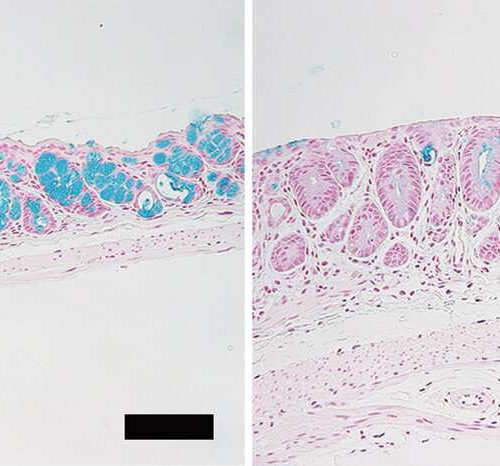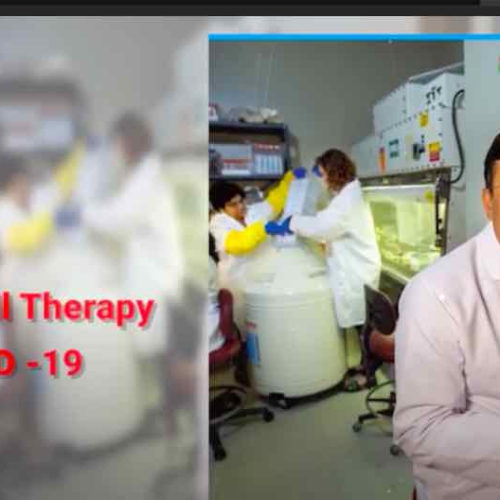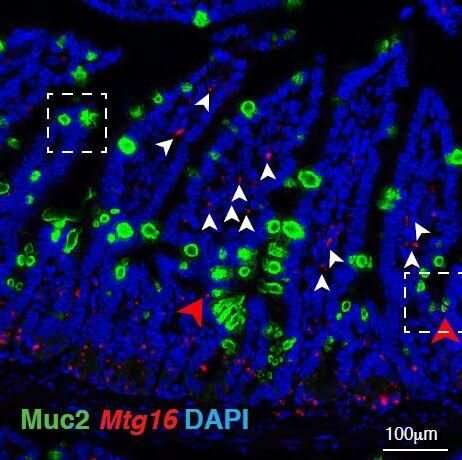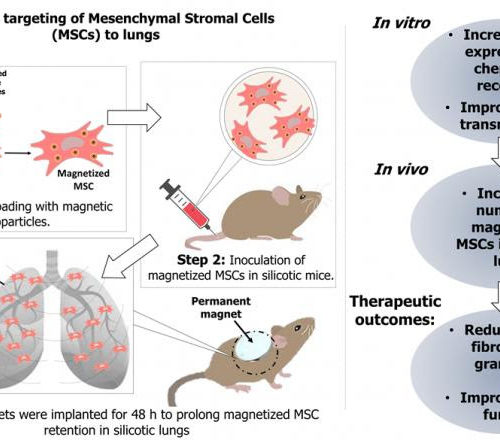A sizable portion of the variable efficacy of first generation stem cell therapies as presently practiced may be due to a poor quality of cells following expansion in culture. Regardless of quality, near all such cells die shortly after transplantation. Few clinics and few approaches to cell therapy lead to lasting survival and engraftment of...
Category: <span>Stem Cell Therapy</span>
RNA key in helping stem cells know what to become
Findings could lead to new therapies for cancer, heart abnormalities UNIVERSITY OF COLORADO AT BOULDER Look deep inside our cells, and you’ll find that each has an identical genome -a complete set of genes that provides the instructions for our cells’ form and function. But if each blueprint is identical, why does an eye cell...
Research team develops technology to improve effectiveness of stem cells in regenerative medicine
by The Spanish National Cancer Research Centre Stem cells have been holding great promise for regenerative medicine for years. In the last decade, several studies have shown that this type of cell, which in Spanish is called “mother cell” because of its ability to give rise to a variety of different cell types, can be...
Loss of intestinal goblet cells causes fatal disease after stem cell transplantation
by Hokkaido University In mice large intestine, the goblet cells (blue) are significantly reduced in number after allogeneic bone marrow transplantation (right), comparing to a control syngeneic recipients (left). Allogeneic stem cell transplantation can cause a loss of protective goblet cells from the colon’s inner lining, which can be fatal. But boosting those cells beforehand...
Scientists find a simpler way to make sensory hearing cells
by Cristy Lytal, University of Southern California Scientists from the USC Stem Cell laboratories of Neil Segil and Justin Ichida are whispering the secrets of a simpler way to generate the sensory cells of the inner ear. Their approach uses direct reprogramming to produce sensory cells known as “hair cells,” due to their hair-like protrusions...
Targeting stem cells: The path to curing poor-prognosis leukaemia
Researchers at Children’s Cancer Institute have discovered what could prove a new and improved way to treat the poor-prognosis blood cancer, acute myeloid leukaemia or AML Researchers at Children’s Cancer Institute have discovered what could prove a new and improved way to treat the poor-prognosis blood cancer, acute myeloid leukaemia or AML. Unlike acute lymphoblastic...
Direct reprogramming: Defying the contemporary limitations in cardiac regeneration
This article by Dr. Vivekanandan Palaninathan et al. is published in Current Pharmaceutical Design, 2020 BENTHAM SCIENCE PUBLISHERS Direct reprogramming or Transdifferentiation is a way of inducing changes in the cell type from one lineage into another lineage, bypassing pluripotency. This approach is an innovative choice to replace the lost cardiomyocytes after an end-stage myocardial...
Update on stem cells for COVID-19, Surgisphere scandal
The term Regenerative Medicine covers so much biomedical science these days including everything from just about any kind of cell therapy (not just stem cells) to CRISPR gene editing, and with the the COVID-19 pandemic, it seems this umbrella use of the term now includes potential treatment of viral illnesses. It can be hard to...
Researchers uncover drivers of healthy gut maintenance
by The Francis Crick Institute Researchers at the Francis Crick Institute have found two genes that regulate the differentiation of stem cells in the small intestine, offering valuable insight into how the body develops and maintains a healthy gut. Cells in the lining of the small intestine are replaced around every five days, the quickest...
Magnetic guidance improves stem cells’ ability to treat occupational lung disease
Durham, NC – Results of a study released today in STEM CELLS Translational Medicine(SCTM) may point the way to a cure for a serious lung disease called silicosis that affects millions of workers worldwide. Silicosis results from years of breathing in dust microparticles of silica by workers in professions such as construction and sand blasting....







